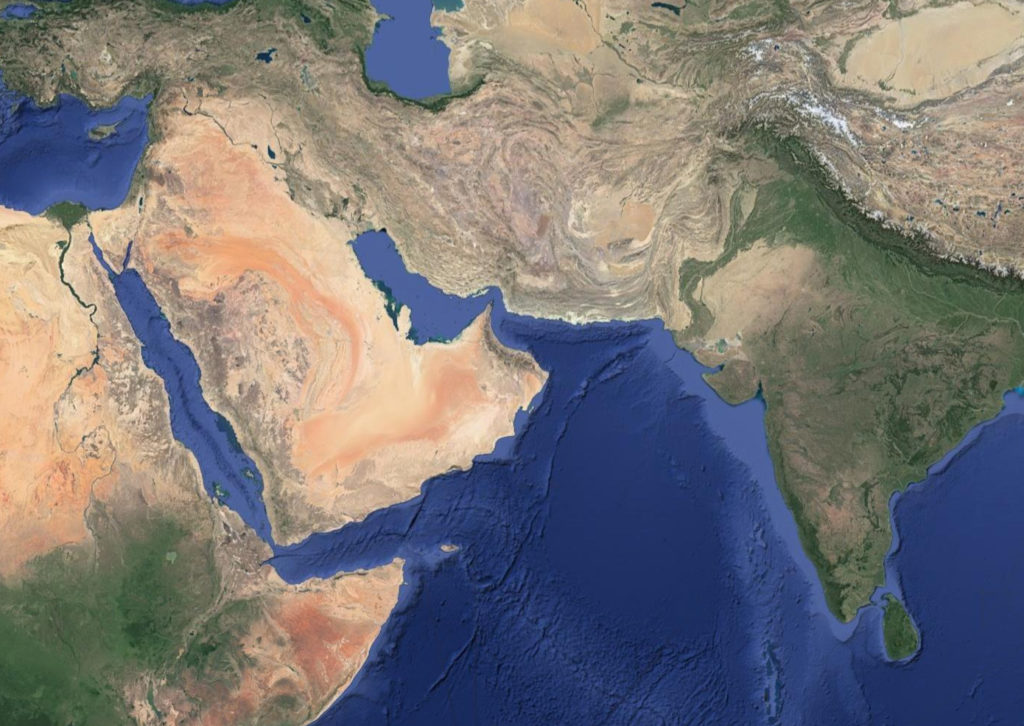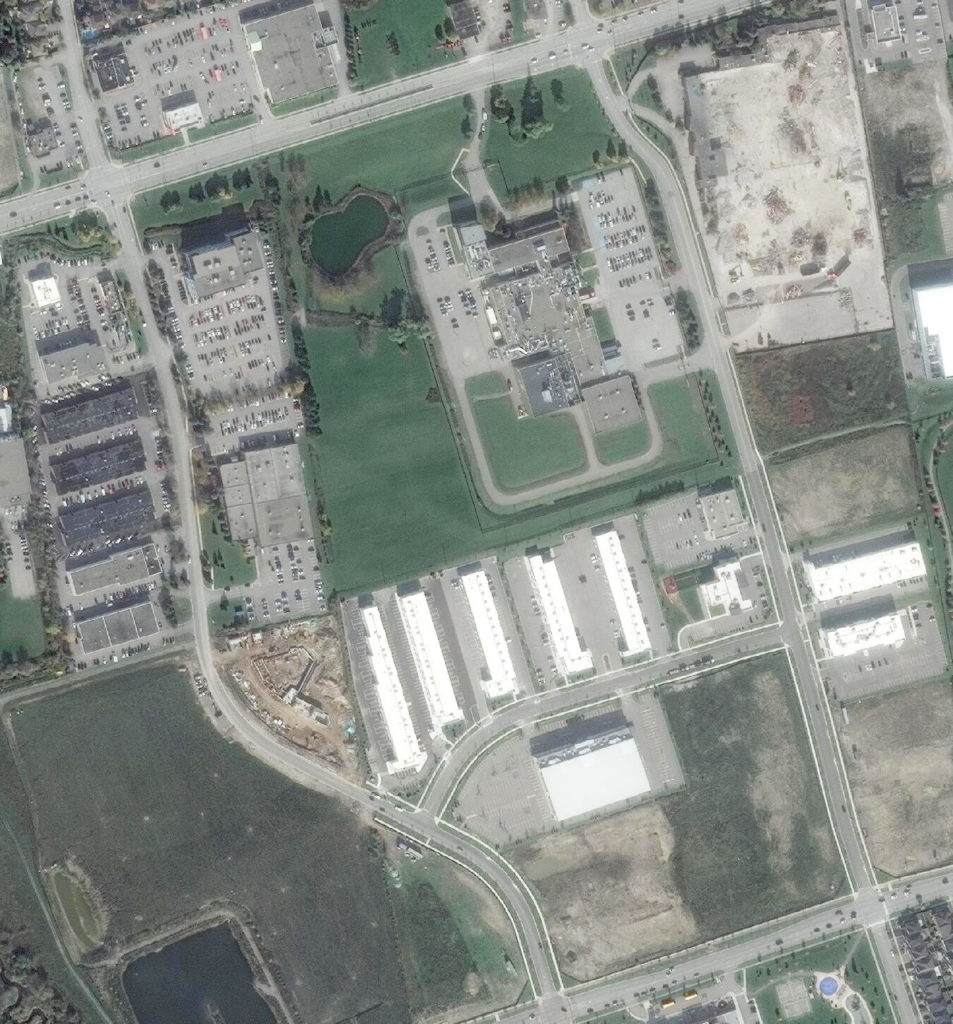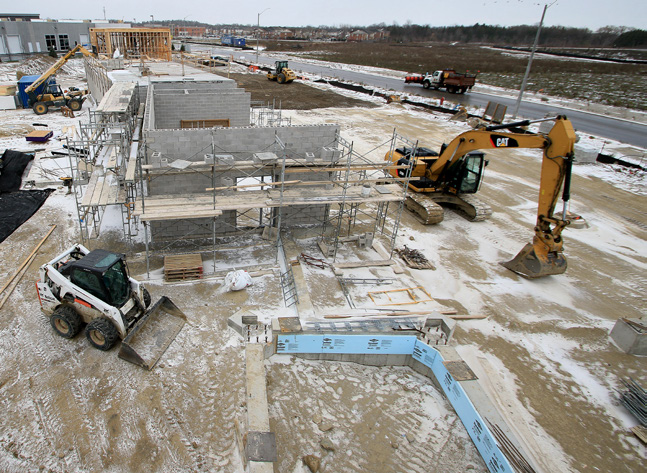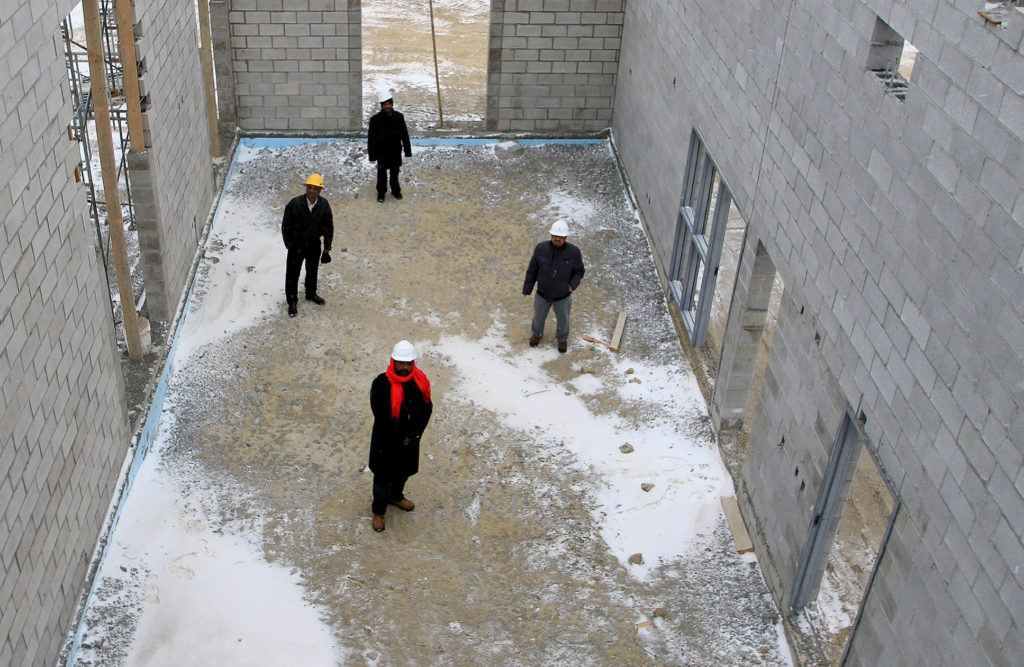JUDAH THOMAS DIDAEMUS. It is one of the greatest unsolved mysteries in the Christian world, but a tale not widely known or remembered in the Western Hemisphere.
For the St. Thomas Christians (or Mar Thomites) of southern India, the belief that St. Thomas landed on the palm-lined coast of Kerala is very real, rooted in memory and tradition. This story is now locally relevant, especially for those curious about what’s happening around them, because a new Canadian Mar Thoma Church is under construction at 159 Sandiford Drive in Stouffville.
Currently there are more than 2½ million St. Thomas Christians in 1500 parishes in the Kerala region. They are intriguingly unique – their native tongue is Malayalam, everyday culture and customs are typically Indian, and a liturgy which has its origin from the Syriac language, which is a close relative to ancient Aramaic spoken by Jesus and the Disciples.
Unlike later Christian groups in Asia, Africa and Latin America who were converted by missionaries, Thomas Christians believe their church was founded by one of Jesus’ twelve original apostles – Judah Thomas Didaemus. He is perhaps best known as “Doubting Thomas” for his disbelief in Jesus’ resurrection until he actually touched the wounds from the crucifixion.
EAST VS WEST. As Christianity was born in the Middle East, straddling the east-west divide, its foundation is quite possibly with the Thomas Christians in the East – prior to Europe, which is somewhat contrary to Christianity being classed as a ‘western religion’.
The status of being a true apostolic church is one of the very reasons why Thomas’ travels remain a mystery. Denial began with the Portuguese, initially with the arrival of Vasco Da Gama in 1498; they denounced the Thomas Christians as heretics, and attempted to convert them to Catholicism over the next 150 years. The Portuguese collected and burned ancient manuscripts, then issued a “corrected” history. So there is very little manuscript evidence from before the Portuguese era.
THOMAS IN INDIA. According to the history of Thomas Christians, the apostles cast lots to divide the nations among themselves to evangelize. When Thomas’ lot falls to India, he is reluctant, but Jesus appears to him in a vision and explicitly calls him to India. Thomas arrived in AD 52 from Palestine by boat. Most narratives say that he travelled down the Red Sea and across the Persian Gulf to land at the great Kerala port of Kodungallur on the Malabar Coast.
Thomas lived in the Kerala Region for several years, where he established 7-1/2 churches. Many sources suggest that Thomas then travelled to China by AD 64, while some claim he went as far east as Korea and Japan; however, documentary evidence in the Far East is fleeting.
Thomas is reported to have come back to Kerala to strengthen the churches he first founded, before moving overland, to the east side of India around Mylapore. It was in Mylapore that Thomas was killed, or martyred, by King Misdaeus, whose wife Thomas converted to Christianity with undesired results for the King.
EVIDENCE. The Acts of Thomas and The Gospel of Thomas (the latter discovered in a cave in 1945) are really the only recorded documents that shed light into the experience of Thomas, although there are vigorous debates pertaining to these documents, such as the date of origin (50- 200 AD), the language of origin – and thus version, and how much fiction may have been infused into the text for literary prowess.
What we do know, however, is that if Thomas wanted to go to India, it would have been easier to get there in the first century AD than any time in the next 1,500 years (until the Portuguese rediscovered the sea route to India). Today, there is ample archeological evidence that maritime contacts between the Roman world and India were much more extensive than anyone had realized; the forty-day trip on Monsoon winds was an easy crossing.
We cannot prove or disprove the existence of Thomas in India, but perhaps the existence of Mar Thomites in Stouffville, Ontario, with ancient tradition and customs, is evidence enough.
Facts
WHO: Following the arrival of the Portuguese in India, the Mar Thoma Christians have split repeatedly into a total of eight different denominations. The Canadian Mar Thoma Church Toronto is a parish of the Malankara Mar Thoma Syrian Church, Kerala, India and a partner in the Universal Church. There are 250 families in this parish (about 1000 members), all living in Stouffville and surrounding communities.
WHEN: The Canadian Mar Thoma Church, Toronto is the first Mar Thoma Church in Canada. The church had its origin as a worshiping group in 1972. By 1973 the group was attending worship services and having communion with a local Anglican church. In 1981 this congregation was exalted to the status of a Parish. The congregation was registered under the Corporations Act (Ontario) as a Charitable Religious Organization in 1978. The Mar Thoma community’s connection to Canada started as early as 1912 when their Bishop Rt. Rev. Dr. Abraham Mar Thoma came for higher studies in Theology at the Wycliffe college of the University of Toronto. Their current place of worship is 313 Main Street in Markham since 1987. In 2014 they purchased the site at 159 Sandiford in Stouffville for the development of a new church.
WHAT: The new Canadian Mar Thoma Church on Sandiford will be 33,000 square feet in Phase 1. The first phase and occupancy is expected in August, 2017. Phase 2 is expected to include a conference centre and gymnasium; it may contain an educational facility.
WHY: They came to Stouffville for the closeness to their current church in Markham and because everyone in Stouffville has been “so welcoming and supportive”. They have a history of participating in local events, like Santa Claus Parade, and of giving to local charities and food banks. A bigger church and allied facilities will enable them to enhance their support to the local communities and perform charitable activities as envisioned in their motto “Lighted to Lighten”.



